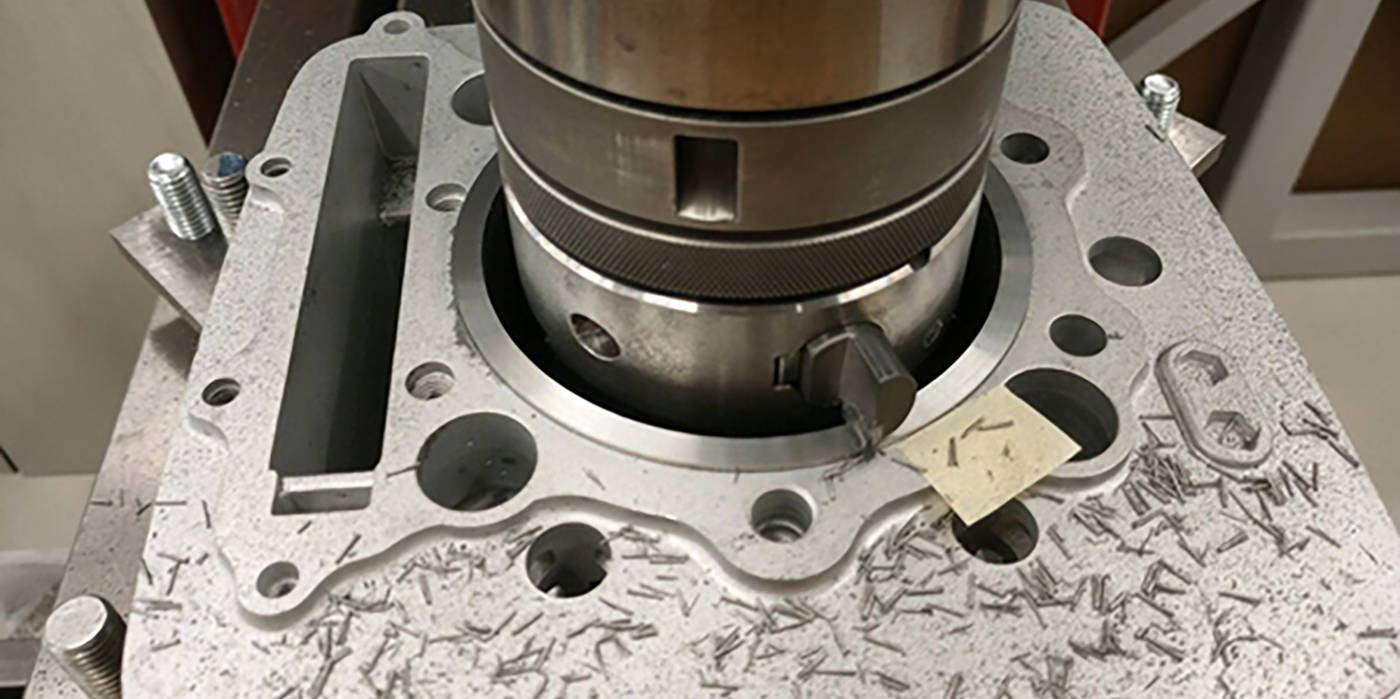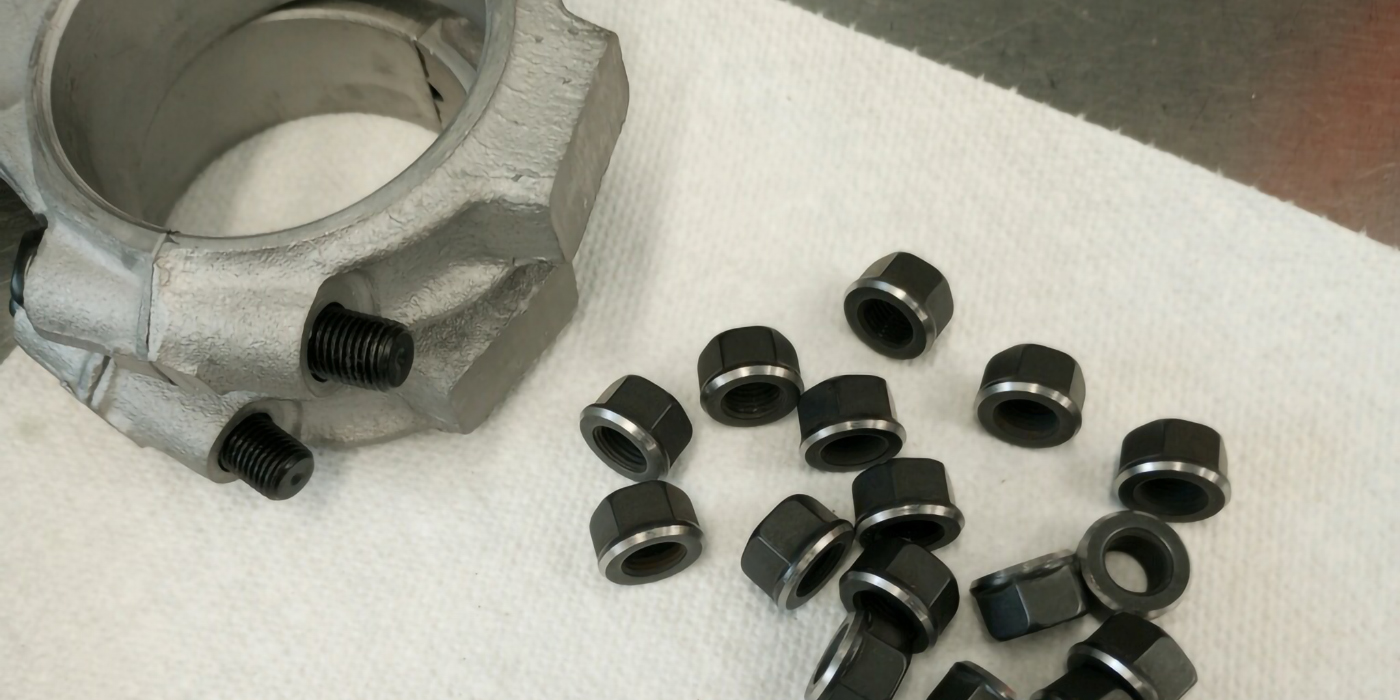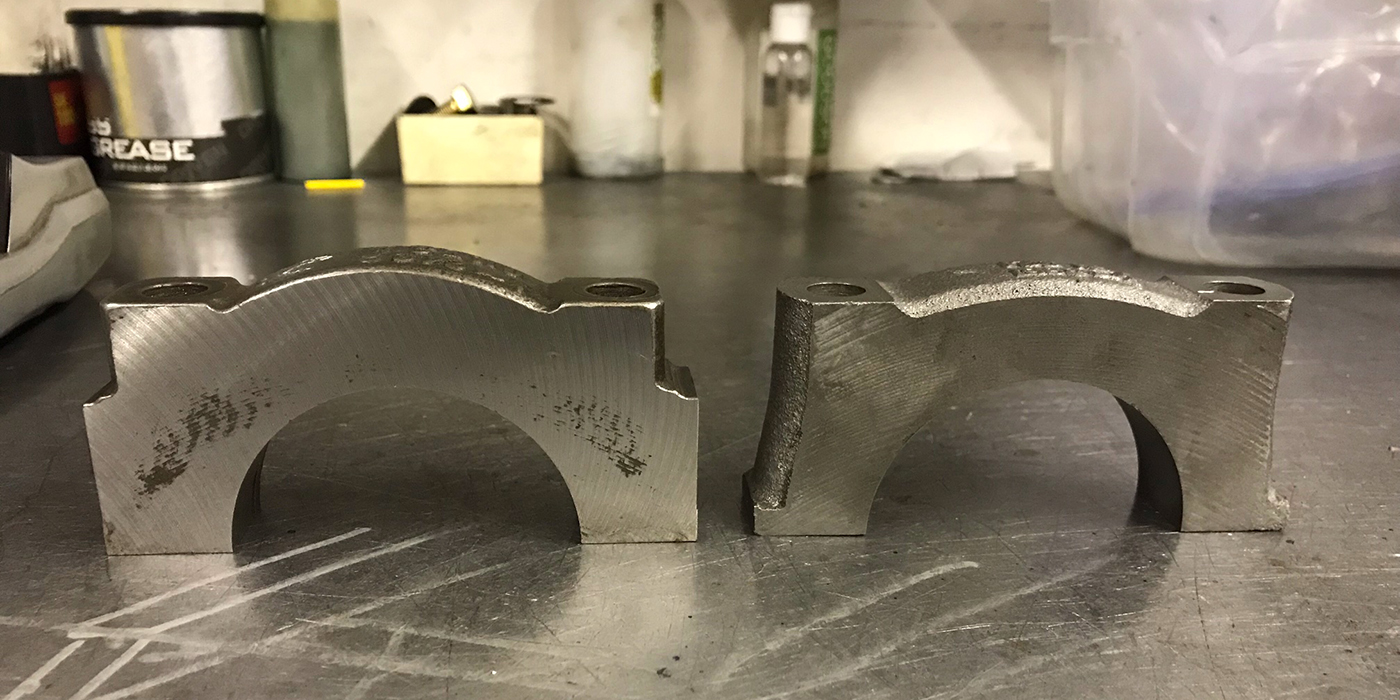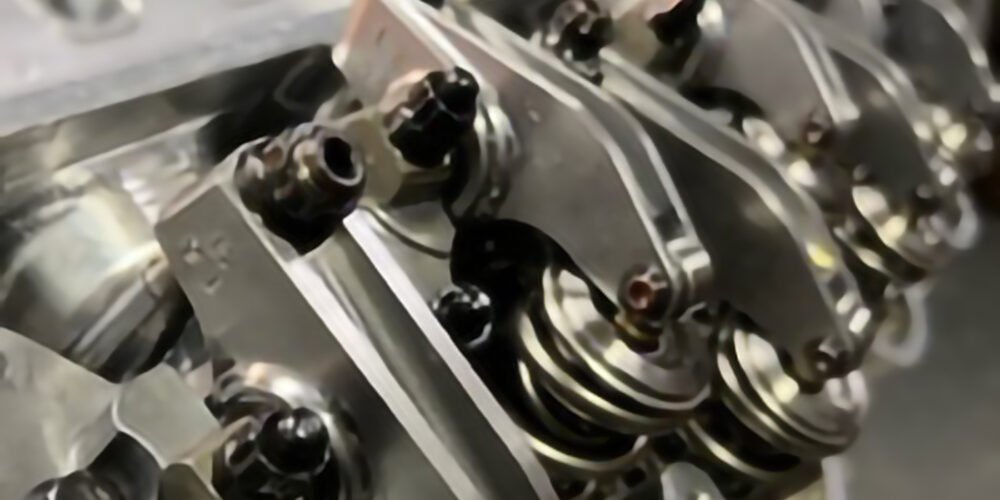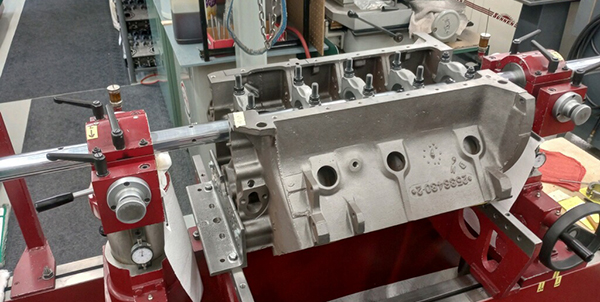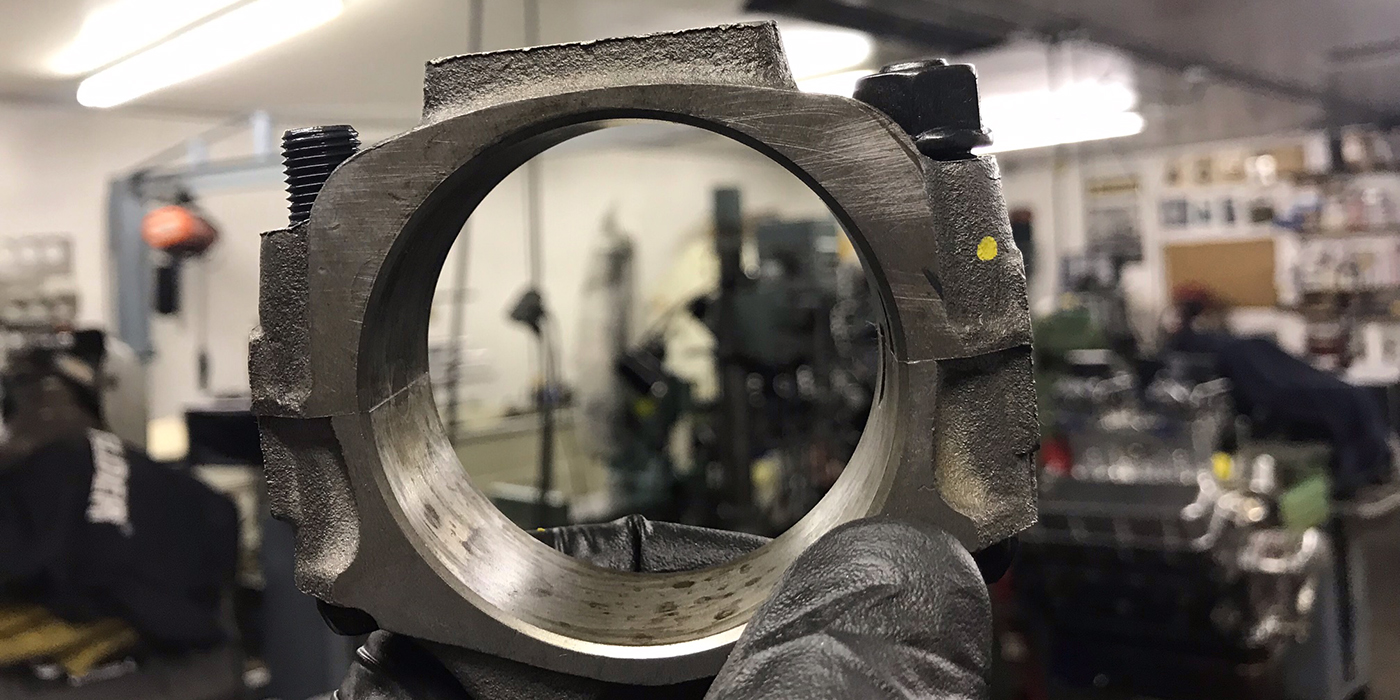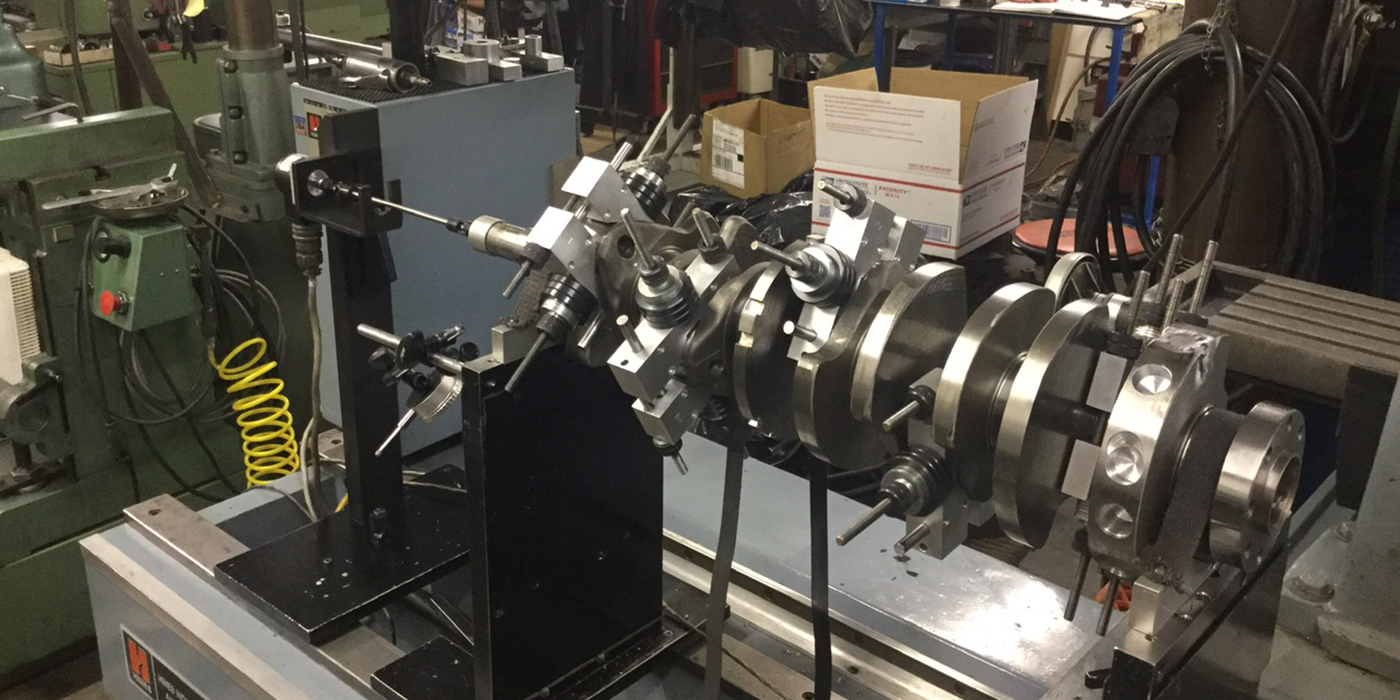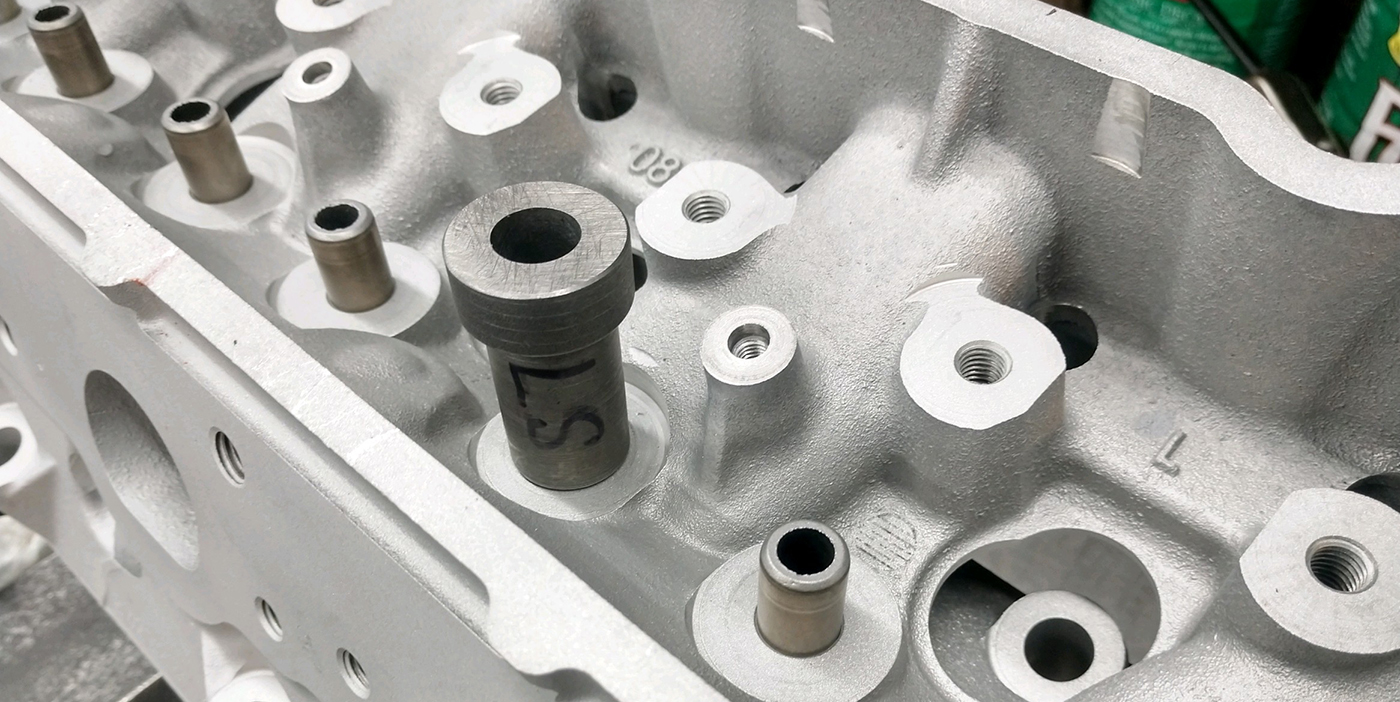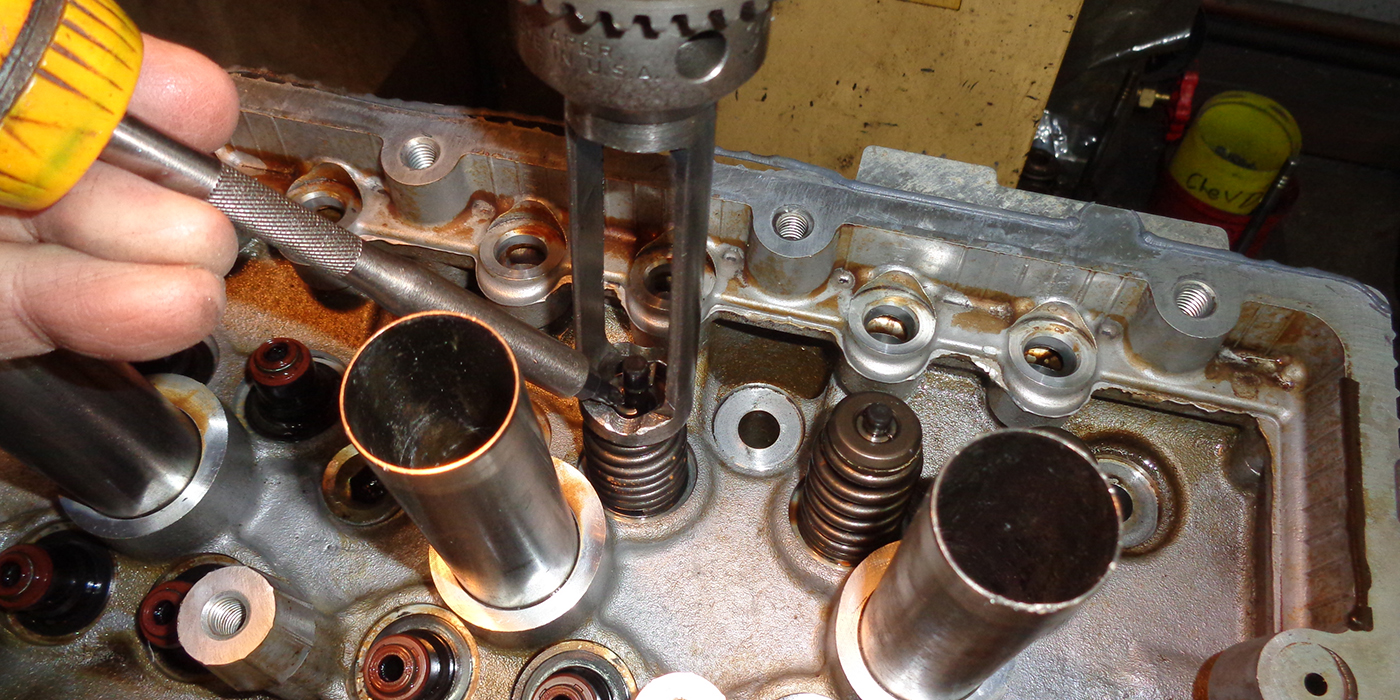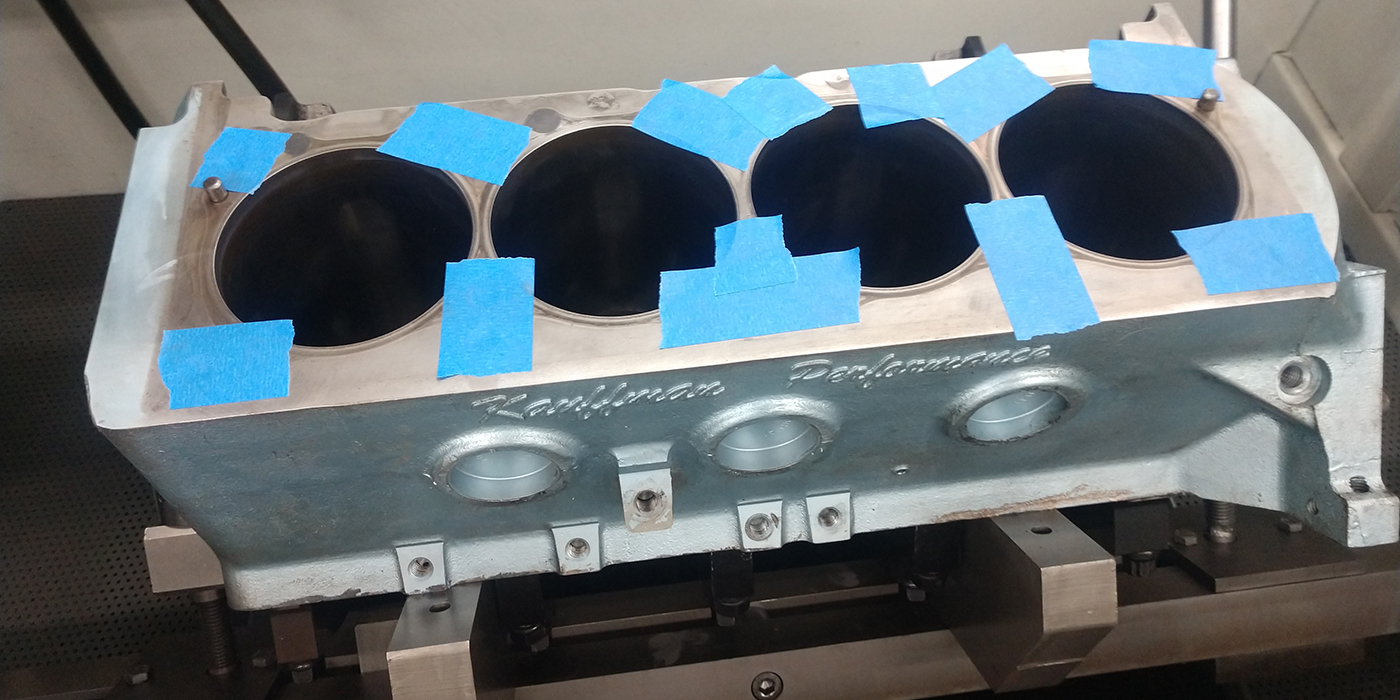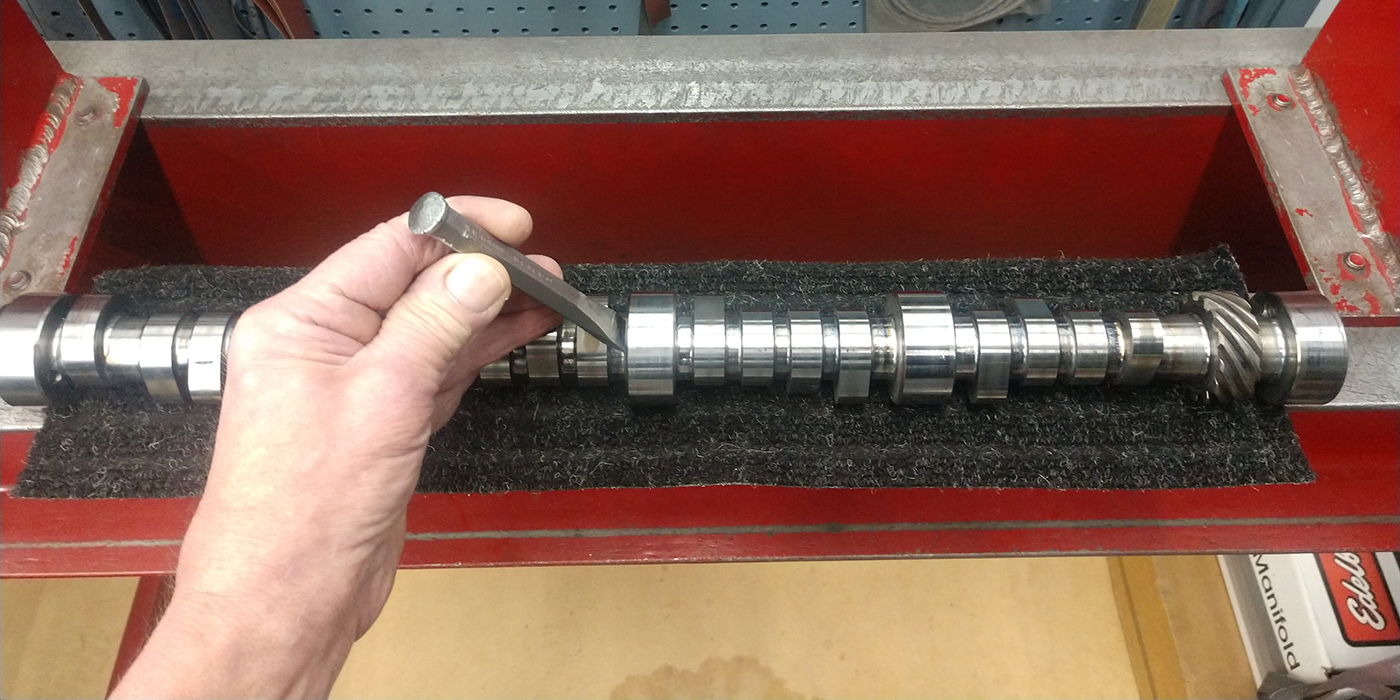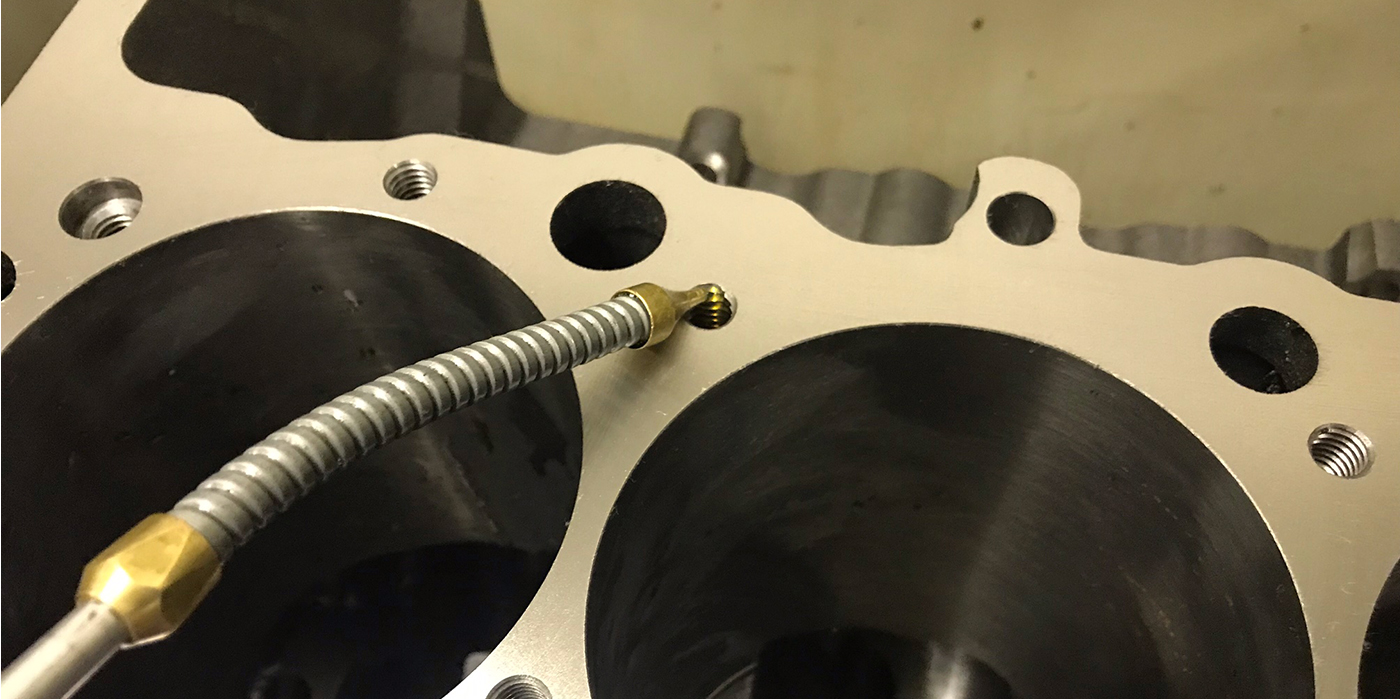Editor’s Note: This coming October will mark “Shop Solutions’” fifth anniversary and to help Engine Pro celebrate, we’re putting plans into place to have a “Top Five from the Past Five” contest where you’ll get to choose your favorite Shop Solution from the past five years. Watch this section as well as the magazine for more details.
Proper Gauge Handling, Use And Protocol
Training is the key to consistency when using any type of gauge, be it plug, thread, snap, dial indicator or micrometer. People need to be reminded that gauges are for checking, not for removing material, even though this can occur regardless with some materials.
One way to get consistency with fixed limit gauges is to show others by example, using your gauges on your work. Better yet, take some photos and/or videos of gauges being applied to the work by you or an experienced employee so others will know the way to hold and apply them to a part. Keep this information filed on a computer that is accessible for all to reference.
Set aside a clean area on a workbench only for gauges so they don’t get damaged by other tools or parts. Remove all hammers and wrenches from any area where gauges are to be used. Make it perfectly clear to all employees that mishandling of gauges is a huge no-no and that gauges must be treated with the utmost care and respect.
This includes employees’ personal micrometers, because they are used to check your parts. If the gauge is not accurate it will affect the quality of your work and the reputation of your shop.
All employee personal micrometers should be checked and verified at least once per year, just like the shop micrometers. If a gauge is dropped, it must be checked and verified before using it again.
Jim Kovach
Kovach & Associates Performance Engine Building
Parma, OH
Checking Push Rod Length
There is often confusion as to what the best way is to check length when custom ordering push rods, especially the ball and cup style used with adjustable rocker shaft assemblies.
The best method is to use a traditional ball-ball push rod length checker. Set the adjuster screw about halfway into the rocker arm so you have some adjustment both ways.
Now, run the ball end up on the length checker until it just rubs the ball end of the adjusting screw of your rocker. This will give you the “effective length” of the push rod. This is the length from the tip of the pushrod to the bottom inside of the cup. This is the measure the pushrod manufacturer is looking for.
Dave Sutton
Sterling Bearing Co.
Minneapolis, MN
Safety First When Using A Bead Blaster
Here is a health tip for people in our industry: when using a glass bead or sand blaster, be sure to wear a mask. If your machine is equipped with a dust collector, it still may be a good idea to use a mask.
A friend of mine, who is a potter by trade, told me of the dangers of Silicosis. Silicosis is also known as “Potters Rot,” a lung disease similar to asbestosis. Tiny silicone particles in the dust get into your lungs and cause damage. Some blasting media contains silicone.
Jeff “Beezer” Beseth
BeezerBuilt, Inc.
Newtown Square, PA
Avoiding Detonation Caused By ‘Dieseling’
To avoid detonation caused by “dieseling” you must be certain that there are no sharp edges in the combustion chamber. Grind down every sharp edge you find to avoid the problem.
This is one of those things that everybody seems to know about, but jobs still leave shops with this problem. Take the time and effort to check every combustion chamber and avoid headaches later!
Greg Goss
Engine & Performance Warehouse
Denver, CO
Making Tight Bends In Fuel Lines
To prevent fuel lines or any lines from “kinking” while bending, fill the line to be bent with salt (common table salt will do) then cap or tape off the ends. Make your bends and then empty out the salt and wash with warm water. Result: A perfect, no-kink bend.
Jim Kovach
Kovach & Associates Performance Engine Building
Parma, OH
 Recommended Procedures For Camshaft Break-In
Recommended Procedures For Camshaft Break-In
Here are some ways that will give your camshaft and lifters the best possible chance to make it through the first crucial moments of operation upon initial startup, and provide a long, trouble-free service life. These procedures are especially critical when building a flat tappet engine.
First: Always use new lifters with a new camshaft. Installing used lifters can result in premature camshaft and engine failure.
Second: Always use a quality assembly lube that contains a high concentration of ZDDP and other extreme pressure lubricants that guard against camshaft and lifter wear.
Then: Prelube engine by one of the following methods.
Best Method: Pressure tank system. A pressure tank system is by far the best method of making certain all air is purged from the oil galleys. Prelube until oil is seen at the rocker arms. Use an oil recommended by the manufacturer. DO NOT use a non-detergent oil.
Next Best Method: Spinning the oil pump. Using a priming tool, turn the pump with a drill until oil is seen at the rocker arms.
Least Desirable Method: Free spinning the engine. Remove the spark plugs and turn the engine with the starter until oil pressure is noted on the gauge.
Before Starting: Set the timing and be sure fuel is in the carburetor or injection system before cranking. This will assure the engine starts with the least amount of cranking.
Start the Engine: After the engine starts, check for oil pressure and bring rpms to 1,500-2,000. If the pressure is good, run the engine at this rpm range for 20 minutes. After the run-in period, final adjustments can be made and the engine is ready for service.
Engine Pro
Technical Committee
(With thanks to Melling Engine Parts)
Engine Builder Shop Solutions is sponsored by Engine Pro,
a group of 9 engine parts specialist WDs in the U.S., and one in Australia, operating 35 branch
locations serving engine builders/rebuilders across the U.S and Australia. Shop
Solutions published in each issue of Engine Builder Magazine are a free one year membership to the Engine Rebuilders Council and a prepaid $100 Visa gift card. Winners will be chosen by
the staff of Engine Builder Magazine and the Engine Pro Technical
Committee.
To submit a Shop Solution simply mail your entry
to Engine Builder Magazine, Shop Solutions, 3550 Embassy Parkway,
Akron, OH 44333; or email to Shop [email protected]. Shop
Solutions may also be emailed to [email protected].
You must include
your name, shop name, shop address and shop telephone number. Submitted
Shop Solutions not published will be kept on file and reevaluated for
publication with each month’s new entries. If you include your email
address you will be emailed notification of publication if your Shop
Solution is chosen.


